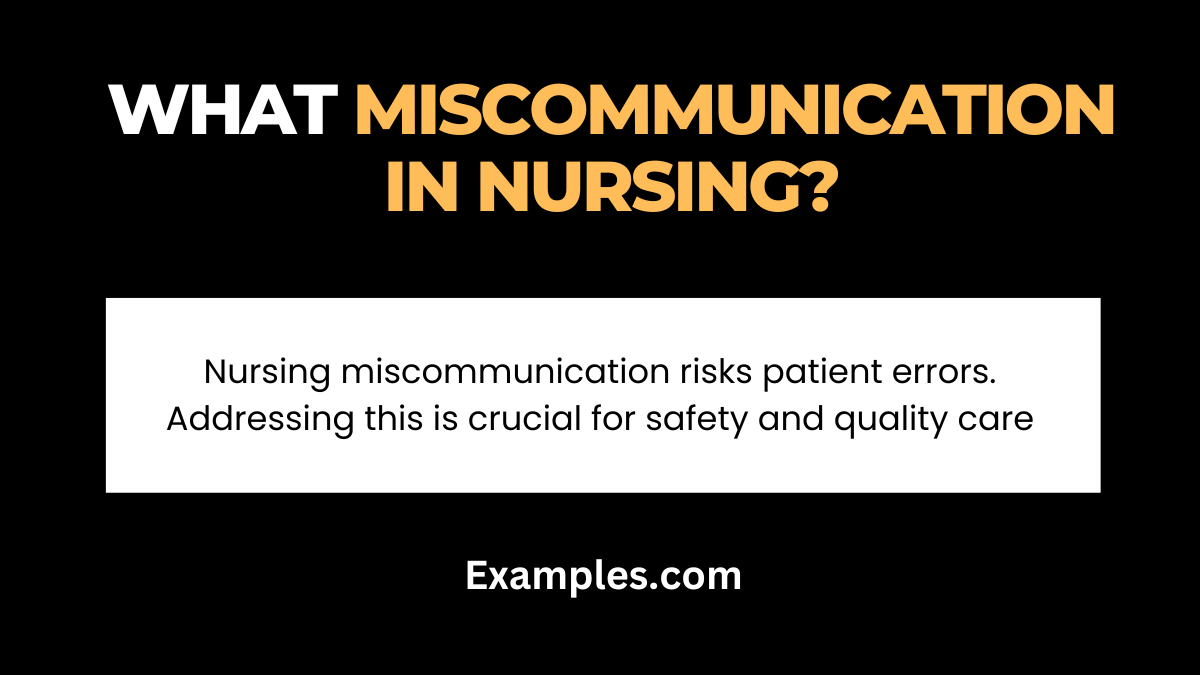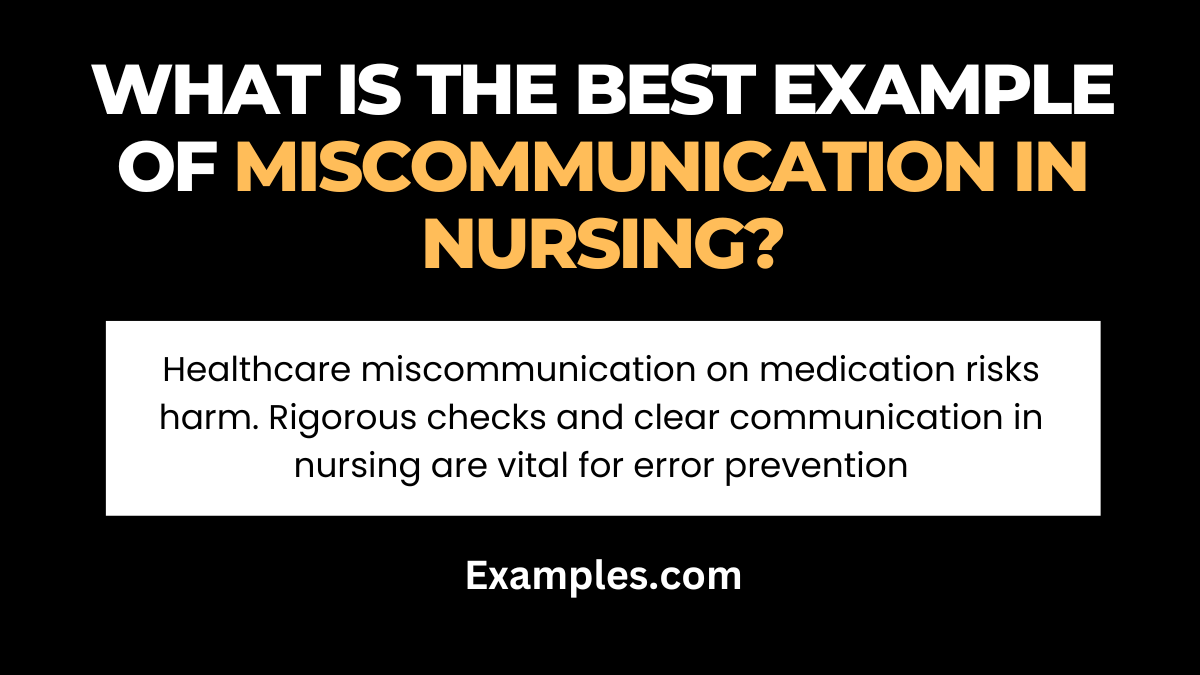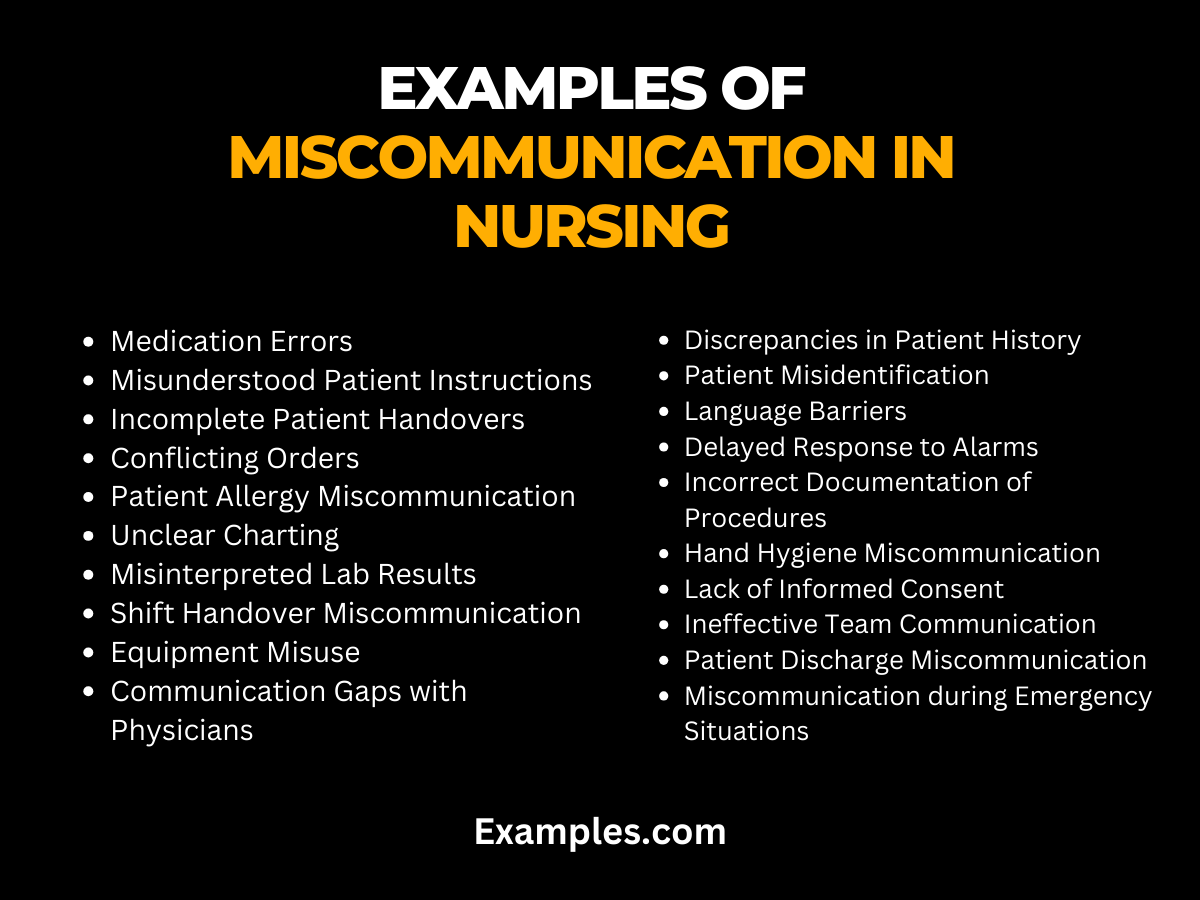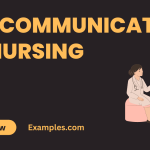Embark on a comprehensive exploration of miscommunication in nursing with our insightful guide, enriched with real-life examples. Delve into the complexities of healthcare communication, unraveling common pitfalls and providing actionable strategies. Navigate through practical communication examples to enhance your understanding, empowering healthcare professionals to foster clear and effective communication for improved patient care and teamwork.
What is Miscommunication in Nursing?

Miscommunication in nursing refers to instances where information is unclear, misunderstood, or inaccurately conveyed among healthcare professionals, potentially leading to errors in patient care. This breakdown in communication can occur at various levels, impacting the overall effectiveness of healthcare delivery. Recognizing and addressing miscommunication is critical for ensuring patient safety, fostering collaboration within the healthcare team, and enhancing the quality of nursing care.
What is the best Example of Miscommunication in Nursing?

In a healthcare setting, miscommunication about a patient’s medication can have serious consequences. Imagine a scenario where a nurse receives verbal instructions from a physician to administer a specific dosage of medication to a patient. However, due to unclear pronunciation or interpretation, the nurse administers the wrong dosage.
This miscommunication can lead to adverse effects on the patient’s health, highlighting the critical importance of precise communication in nursing to prevent such errors. Regular checks, clarification protocols, and standardized communication practices are crucial in mitigating the risks associated with medication-related miscommunication.
20 Examples of Miscommunication in Nursing

Explore 20 critical examples of miscommunication in nursing, unveiling the challenges within healthcare communication. From medication errors to misunderstood patient instructions, this guide provides valuable insights into common pitfalls. Gain a deeper understanding of the impact of miscommunication on patient care and discover practical strategies to enhance communication and teamwork within the nursing profession.
- Medication Errors:
- Avoidance: Implement standardized communication protocols.
- Correction: Establish double-check procedures for medication administration.
- Misunderstood Patient Instructions:
- Avoidance: Use clear and simple language.
- Correction: Encourage patients to repeat instructions for confirmation.
- Incomplete Patient Handovers:
- Avoidance: Standardize handover procedures.
- Correction: Include all relevant information in patient handovers.
- Conflicting Orders:
- Avoidance: Clarify conflicting orders immediately.
- Correction: Seek clarification from the ordering physician.
- Patient Allergy Miscommunication:
- Avoidance: Implement allergy communication standards.
- Correction: Double-check allergies and verify information with the patient.
- Unclear Charting:
- Avoidance: Establish clear charting guidelines.
- Correction: Review and update unclear chart entries promptly.
- Misinterpreted Lab Results:
- Avoidance: Provide clear documentation of lab results.
- Correction: Verify and cross-reference lab results for accuracy.
- Shift Handover Miscommunication:
- Avoidance: Standardize shift handover procedures.
- Correction: Include critical information in shift handovers.
- Equipment Misuse:
- Avoidance: Provide comprehensive equipment training.
- Correction: Re-educate staff on proper equipment use.
- Communication Gaps with Physicians:
- Avoidance: Establish open lines of communication.
- Correction: Seek clarification and provide updates to physicians.
- Discrepancies in Patient History:
- Avoidance: Cross-verify patient history details.
- Correction: Reassess and correct any discrepancies.
- Patient Misidentification:
- Avoidance: Implement strict patient identification protocols.
- Correction: Immediately correct any misidentification instances.
- Language Barriers:
- Avoidance: Provide language training for staff.
- Correction: Utilize interpreters for accurate communication.
- Delayed Response to Alarms:
- Avoidance: Implement prompt response protocols.
- Correction: Investigate and address the cause of the delay.
- Incorrect Documentation of Procedures:
- Avoidance: Standardize procedure documentation.
- Correction: Review and correct inaccuracies promptly.
- Hand Hygiene Miscommunication:
- Avoidance: Reinforce hand hygiene protocols.
- Correction: Provide immediate retraining on proper hand hygiene.
- Lack of Informed Consent:
- Avoidance: Implement thorough informed consent procedures.
- Correction: Obtain consent and document the process clearly.
- Ineffective Team Communication:
- Avoidance: Foster a culture of open communication.
- Correction: Conduct team communication workshops.
- Patient Discharge Miscommunication:
- Avoidance: Standardize discharge communication.
- Correction: Conduct follow-up calls to clarify instructions.
- Miscommunication during Emergency Situations:
- Avoidance: Establish clear emergency communication protocols.
- Correction: Conduct debriefs to address communication issues after emergencies.



